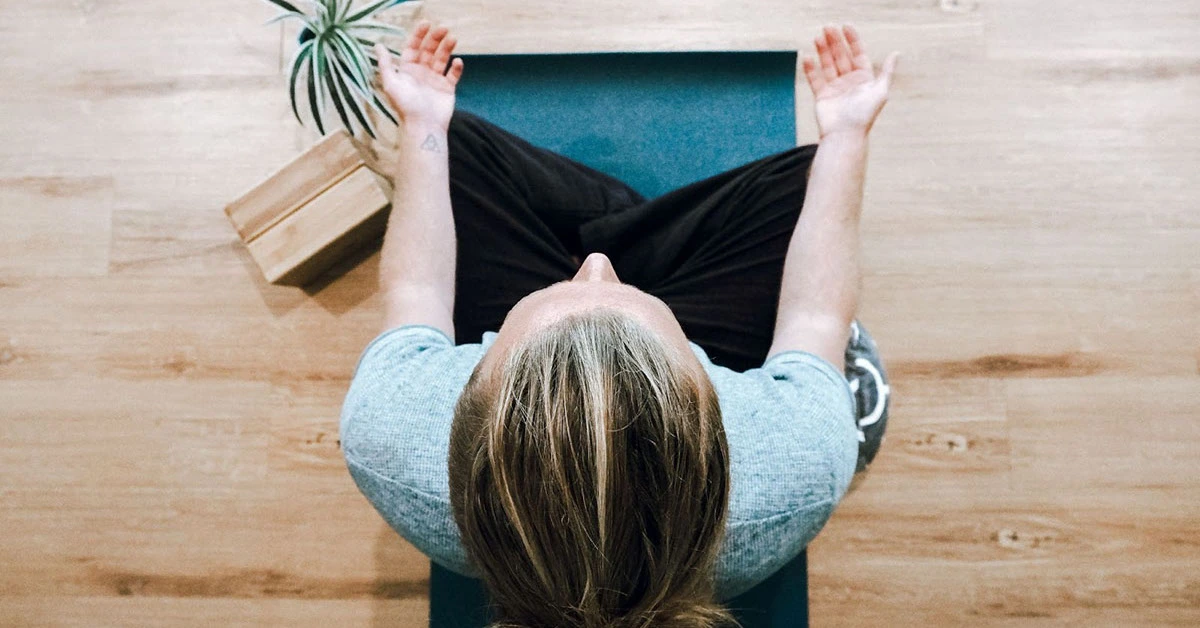
As the seasons change, so can your mood. For many people, the transition from summer to fall—or winter to spring—can trigger feelings of anxiety, sadness, irritability, or fatigue.
If you’ve been asking yourself,
“Why do I feel low this time of year?”
“Is seasonal depression real?”
“How can I protect my mental health during fall or winter?”,
—you’re not alone. At PeachTree Behavioral, LLC, we regularly support clients facing the emotional impact of seasonal changes.
Let’s explore why this happens and how you can manage it.
Shifts in temperature, sunlight, and daily routine can all impact your brain chemistry. Common factors include:
This can lead to Seasonal Affective Disorder (SAD) or intensify symptoms of anxiety and depression.
If these feelings persist, you may benefit from outpatient mental health support to navigate the season more smoothly.
Natural light is a mood booster. Aim for 10–15 minutes of sunlight each day, even if it’s overcast.
Structure creates emotional stability. Wake up, eat, and sleep at consistent times to help your body regulate.
Exercise improves mood, even if it’s light. A 20-minute walk can reduce stress and boost endorphins.
Don’t isolate. Schedule time with friends, family, or support groups—connection protects against seasonal sadness.
Eat foods rich in omega-3s, vitamin D, and protein. Avoid excessive sugar and alcohol, which can worsen symptoms.
Busy seasons like the holidays can bring pressure. Say “no” when needed and focus on your emotional well-being.
If your symptoms interfere with daily life, therapy can help. Outpatient care offers support without disrupting your routine.
At PeachTree Behavioral, our outpatient mental health treatment is:
Whether you’re struggling with depression, anxiety, stress, or emotional burnout, our team is here to help you feel more balanced—season after season.

Seasonal changes don’t have to control your emotional state. With the right support, you can move through fall, winter, and beyond with strength and stability.